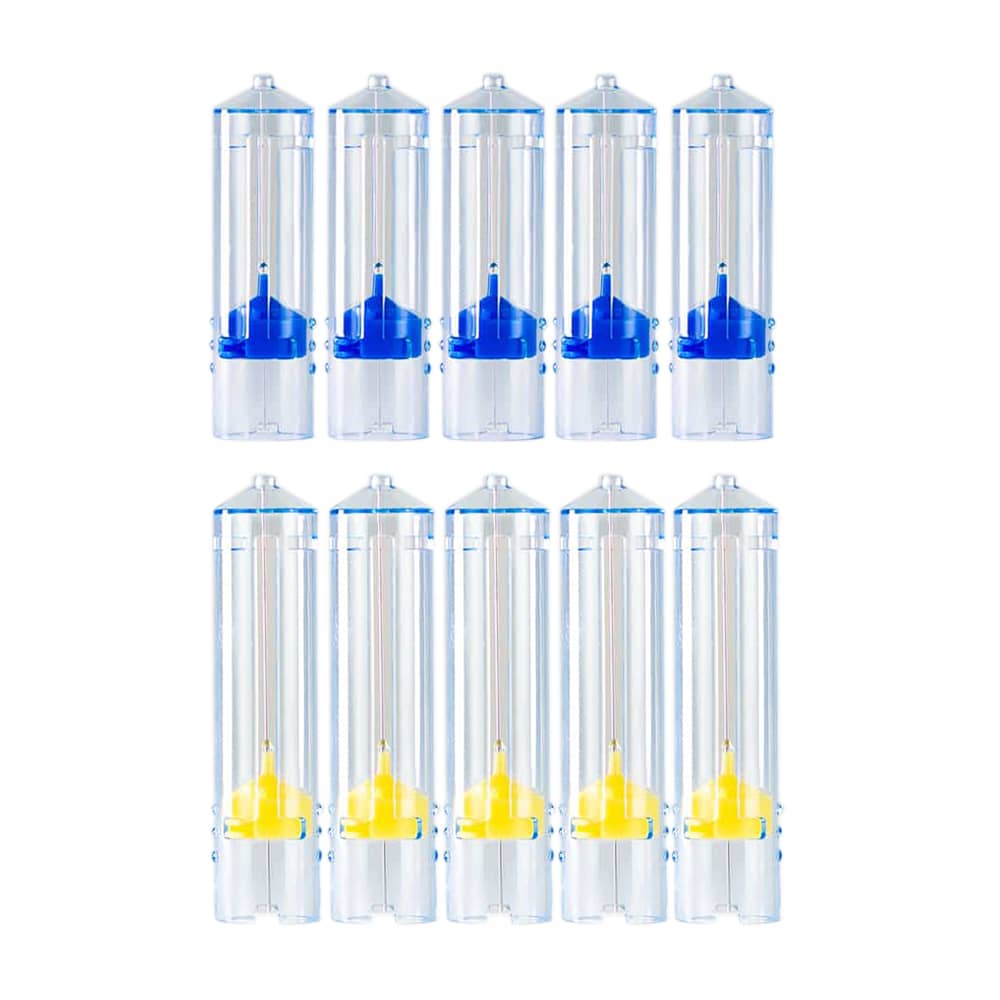How many times have you heard, “Will this hurt?” It’s important for anyone who administers dental injections to know where this question is coming from. Here are several things patients could have experienced before, and for you and your staff to avoid.
The needle may be put in the wrong place
The level of pain a patient can experience with any single injection can vary. One of the main reasons why may simply be the location in which the injection is given. The type of tissue in the area is often the culprit.
Not using a local anesthetic gel
Some dentists skip applying topical anesthetic gel prior to the injection. Ones that do may not give it enough time to numb the area before inserting the needle. Both can cause pain to the patient.
A dull needle was used
This isn’t as much of an issue as it used to be, however, there are dental offices that don’t dispose of needles away until after four uses, which can dull the needle. The duller the needle, the more likely it will cause some pain. Use a safer needle system like SimpleCAP. It utilizes an ultra-sharp lancet cut needle, which makes it more comfortable for you and the patient.
The oral mucosa wasn’t stretched
Some areas of the oral cavity need the tissue pulled tightly before injections. Proper retraction and visibility are key in reducing pain associated with the administration of dental anesthetics.
The anesthetic was administered too quickly
Unfortunately, some dentists deliver the anesthetic too quickly. Although it may save time, it can cause pain—especially if the area wasn’t numbed first. Patients report feeling a burning sensation.
The area is already inflamed
It can be harder to anesthetize the patient if they have an infection in an area where the procedure needs to be completed. The increased sensitivity the patient may have felt could be due to acidity in the tissue.

Ready to Try a Better Needle System?
Unlike traditional needles, the SimpleCAP needle promotes safety during assembly, usage, recapping, disassembly, and disposal. The result is a needle system that makes patients more comfortable, staff safer, and the delivery of care more efficient.









